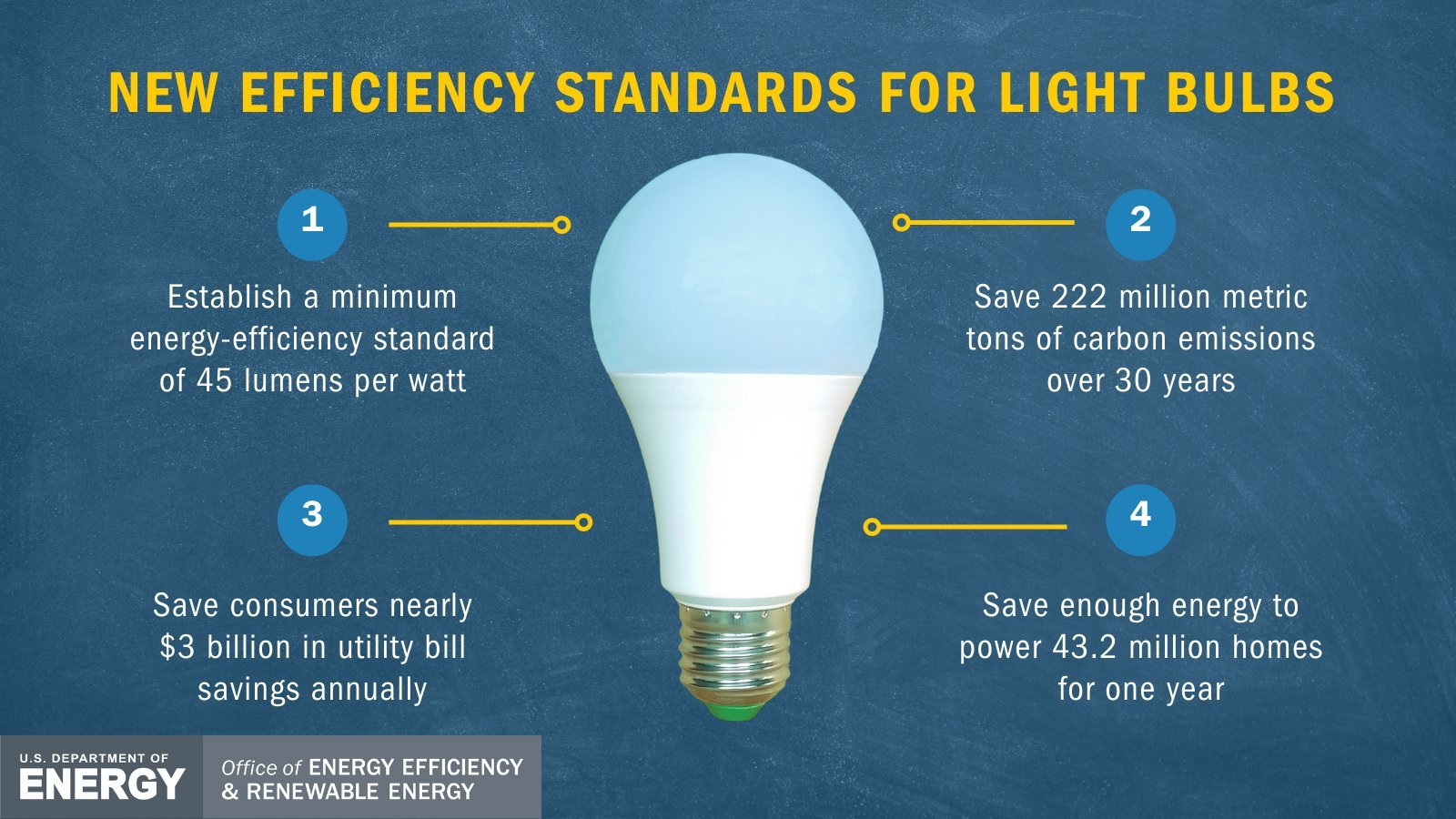Eureka!
The iconic symbol representing a good idea is getting a permanent upgrade.
Thomas Edison was the first to successfully patent a functional and marketable incandescent lightbulb in the 1800s and we’ve been relying on this technology for the last 150 years. The basic principle of incandescent light is that light is produced from heat. In this case, heat is passed through a very tiny filament in the vacuum created by the bulb until that tiny filament begins to glow, producing light. This is why a light bulb is warm to the touch, even after it’s been turned off. Without the glass surrounding the bulb, the filament, often made from tungsten, would oxidize in the open air and burn right up. Additionally, 90% of the energy used to light an incandescent bulb is emitted as heat, which, unless it is being used as a candle warmer or other heat-centric device, is quite a big waste. Even so, while alternatives like the fluorescent light bulb may have taken over the commercial scene, incandescent bulbs are still the least expensive option upfront for most residential settings.
That being said, LEDs are steadily rising in popularity as more people understand the advantages of their long-term value. LED light bulbs might be a little more expensive but they outlast incandescent bulbs lasting 50,000 to 100,000 hours. For comparison, an incandescent bulb typically lasts about 1,200 hours, if that. LED bulbs are wildly more efficient at producing light from electricity, taking much less energy to produce the same amount of light. They don’t use heat to produce light which saves a ton of energy but instead use electroluminescence.
Fig. 2 - Summary of Benefits
Electroluminescence is basically the production of light by a controlled flow of electrons, in this case, through the diode. Without getting too technical, the diode is a semi-conductive material designed to facilitate the production of photons and produce light from excited, moving electrons. This whole process means that a standard LED bulb can create the same amount of light without the loss of energy through heat emission and with a much smaller level of overall energy expenditure. This is good news for the United States’ plan to decrease total carbon emissions. In fact, the Biden administration estimates that changing over to LED lights would save consumers around $3 billion dollars collectively in just one year. It then comes as no surprise that incandescent light bulbs are officially being phased out of use. In theory, this will cut our carbon emissions by 222 million metric tons over the course of the next 30 years. That’s enough energy to power 43 million homes or 90 million cars for an entire year.
One crazy thing about this change is that we had all the necessary information to make it half a decade ago, but we abandoned the plan before it could save us millions in dollars AND harmful emissions. Isn’t it great that we are now back on track for this simple move toward energy efficiency?



